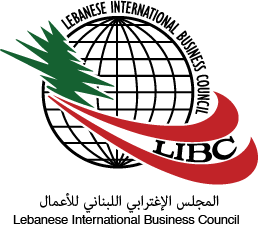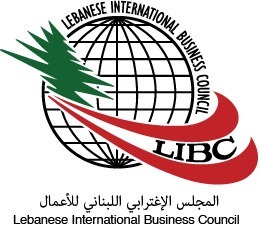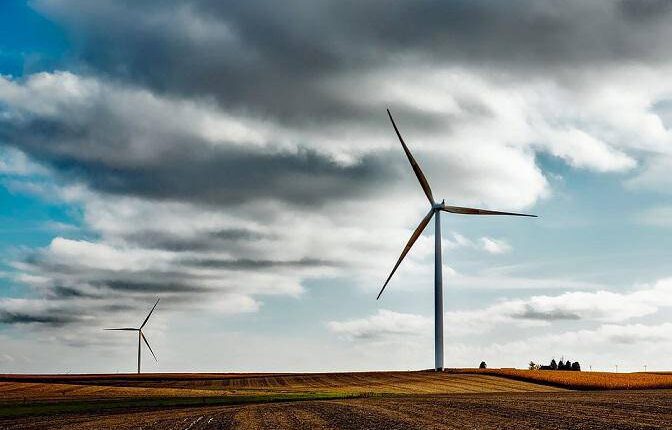Lebanon’s first wind farm on track
When Energy and Water Minister Cesar Abi Khalil signed the contract February to construct the country’s first wind farm in north Lebanon’s Akkar, local residents expressed concerns about possible negative effects, but today, some of that fear has since abated. “Generating power using the sun and wind are productive projects that can help Akkar become an area that produces and provides electricity for the entire country,” local resident and civil society activist Jamal Khodr told The Daily Star.
“What is important is to have accurate scientific studies that take into consideration the paths of [infrastructure] and keeping them away from residential areas.”
The rough proposed area for the future wind farms has long been pinpointed in uninhabited areas of Akkar’s Mount Akroum. The exact placement of the wind turbines, however, has yet to be decided.
The turbines are likely to be close to border villages and towns separating northeast Lebanon from Syria, including Shadra, Mashta Hasan, Mashta Hammoud, Moqaibileh and Sihleh, though the exact proximity is still unknown.
Khodr has followed updates about Akkar’s new wind farms since the project’s approval in February 2018, but he has not been the only one concerned about its possible implications for the surrounding area.
The wind farms, due to begin construction next July, will be one of Lebanon’s first public-private partnerships. If all goes according to plan, the three developers will sell energy back to the government.
Lebanon Wind Power s.a.l. and Hawa Akkar s.a.l. are licensed to produce 60 megawatts, while Sustainable Akkar aims to create 80 MW. With a countrywide shortage of about 900 MW, the wind farms could make a significant contribution to national energy provision.
Pierre Khoury, General Director of the Lebanese Center for Energy Conservation expressed full confidence that everything would go as planned. The LCEC, a governmental organization under the umbrella of the Energy and Water Ministry, oversaw the tendering process.
While it is not responsible for any construction or issues that arise from the process, LCEC has continued to communicate with the developers, observing progress from the outside.
The wind farm, Khoury explained, is part of Lebanon’s action plan towards increased renewable energy by 2020.
“We’ve been working on this for years, long before the Cabinet made their decision in February. Along the way, we have never had major setbacks except of course for the [presidential vacuum]. Issues like that slowed us down because no one was there to make decisions,” he said.
“Also, remember that since this is Lebanon’s first private-public partnership, there are many things we were dealing with for the first time.”
Despite the challenges, Khoury remained optimistic that the wind farms would ultimately be successful in helping address the country’s longstanding electricity shortage and environmental degradation.
Source: The Daily Star


